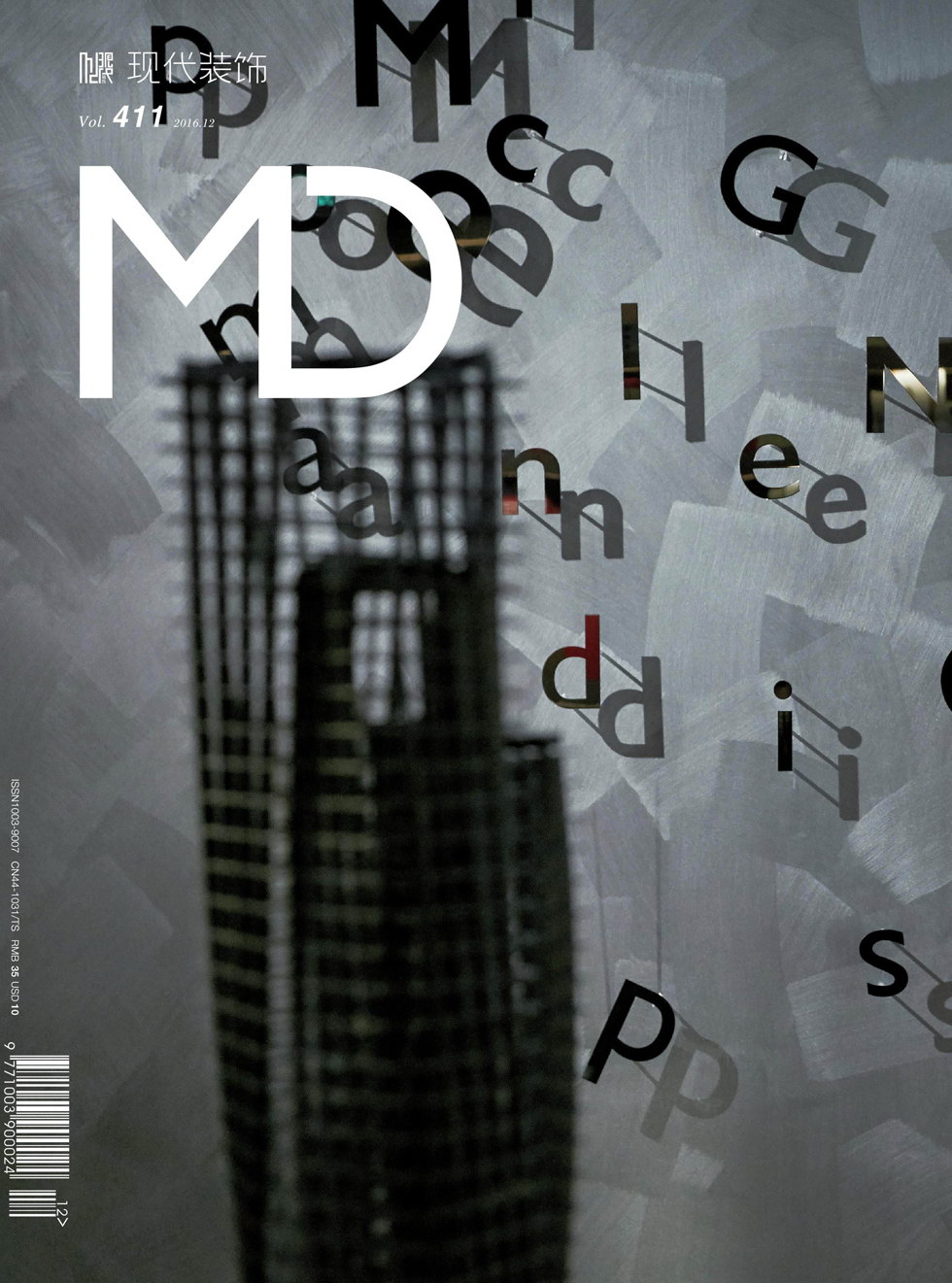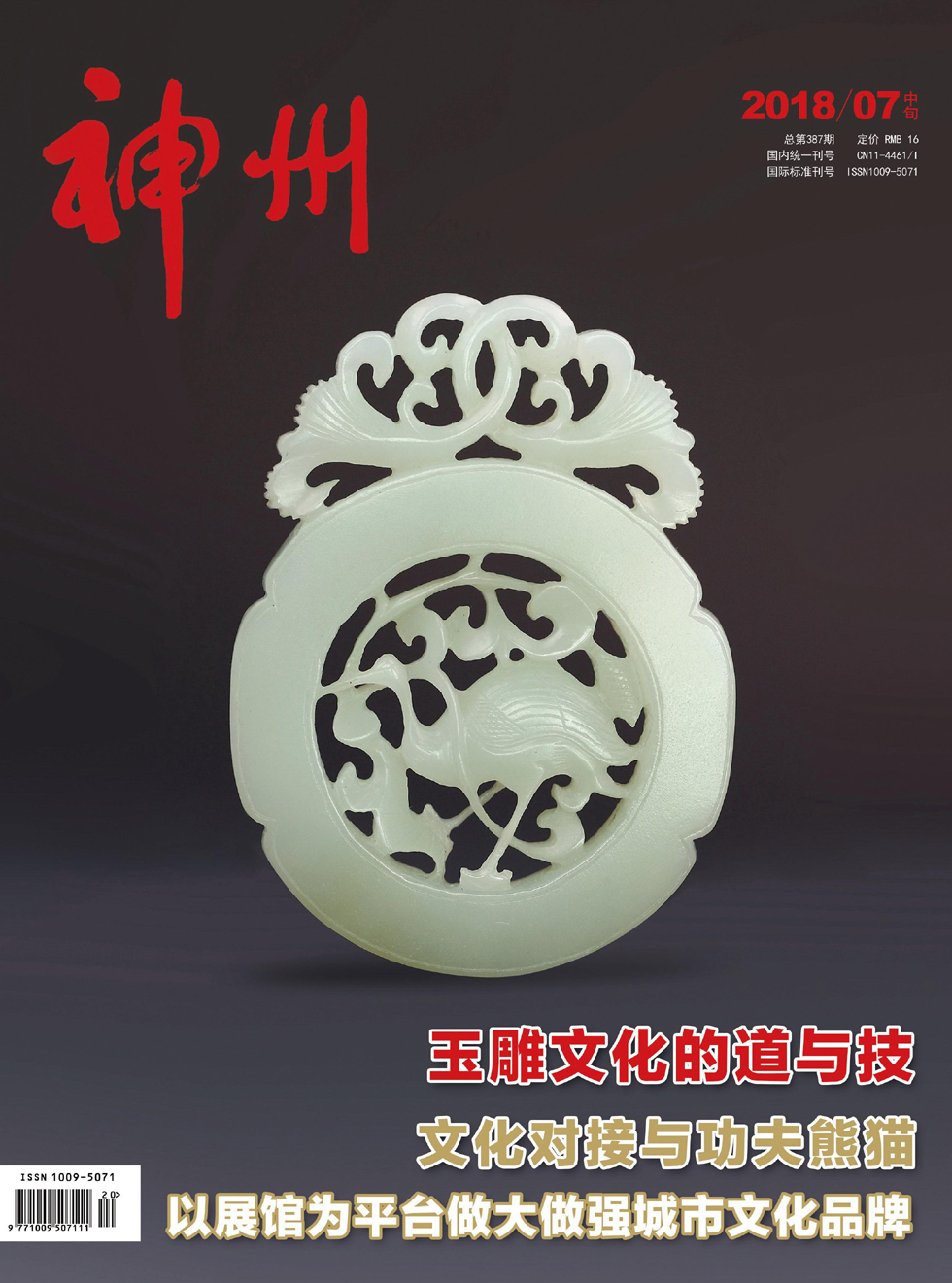160例前置胎盘与产后出血相关因素调查分析
[摘要] 目的 分析前置胎盘患者发生产后出血的相关因素,为临床治疗提供科学。方法 160前置胎盘患者,按照是否出现产后出血分为对照组116例,观察组44例。结果 单因素分析显示:观察组患者年龄明显高于对照组,差异有统计学意义(P<0.05);观察组孕产次≥2次、有子宫手术史、早产患者比例明显高于对照组,差异有统计学意义(P<0.05);观察组患者与对照组患者前置胎盘类型构成比不同,差异有统计学意义(P<0.05);多因素分析结果显示:年龄高、产次多、有子宫手术史及早产患者更容易出现产后出血,同时与边缘性前置胎盘比较,部分性和完全性前置胎盘更容易出现产后出血。结论 前置胎盘患者出现产后出血与多种因素有关,治疗过程中应综合进行考虑。
[关键词] 前置胎盘;产后出血;相关因素
[中图分类号] R719.8 [文献标识码] A [文章编号] 1672-5654(2015)04(a)-0155-02
160 Cases of Placenta Previa and Postpartum Hemorrhage Correlation Factor Analysis
LIU Yan
Department of Obstetrics and Gynecology, Changling County, Songyuan County, Jilin Province,Songyuan,Jilin Province,131500 China
[Abstract] Objective To analyze the related factors of postpartum hemorrhage in patients with placenta previa, provides the science for clinical treatment. Methods 160 patients with placenta previa, according to whether the postpartum hemorrhage were divided into the control group of 116 cases, the observation group of 44 cases. Results The patients in the observation group were significantly higher than the control group, the difference was statistically significant(P<0.05); the observation group maternal time is more than 2 times, a history of uterine surgery, preterm labor patients were significantly higher than the control group, the difference was statistically significant(P<0.05); constituent ratio of different patients in the observation group and the control group of patients with placenta previa types, the difference was statistically significant(P<0.05);multiple factor analysis showed that age, parity and uterine surgery history and preterm labor patients more prone to postpartum hemorrhage, and marginal placenta previa, partial and complete placenta previa postpartum hemorrhage is more likely to appear. Postpartum hemorrhage is associated with many factors. Conclusion Patients with placenta previa, comprehensive consideration should be the treatment process.
[Key words] Placenta previa; Postpartum hemorrhage; Related factors
胎盘的正常附着处在子宫体部的后壁、前壁或侧壁。如果胎盘附着于子宫下段或覆盖在子宫颈内口处,位置低于胎儿的先露部,称为前置胎盘。前置胎盘是妊娠晚期出血的主要原因之一,为妊娠期的严重并发症,多见于经产妇,尤其是多产妇。产后出血(postpartum haemorrhage ,PPH)也是产科常见的严重并发症,前置胎盘患者分娩后可以出现产后出血,该研究分析了前置胎盘患者出现产后出血的因素,为临床治疗提供依据。
1 资料与方法
1.1 一般资料
该研究回顾性分析2008年1月—2013年12月期间住院治疗的前置胎盘患者160例,所有患者均于分娩前或分娩后确认为前置胎盘。按照是否出现产后出血(定义为胎儿娩出后24 h内阴道流血量是否超过500 mL者),分为对照组116例,观察组(产后出血组)44例。同时以胎盘边缘与子宫颈口的关系,将前置胎盘分为三种类型,完全性前置胎盘(中央性前置胎盘)宫颈内口全部为胎盘组织所覆盖;部分性前置胎盘,宫颈内口部分为胎盘组织所覆盖;边缘性前置胎盘,胎盘边缘附着于子宫下段,不超越宫颈内口。
1.2观察指标
收集所有孕产妇的一般资料:包括年龄、身体质量指数(Body Mass Index, BMI)和学历。临床资料:包括孕产次、子宫既往手术史、及早产情况。
1.3 统计方法
采用SPSS 13.0软件包对数据进行统计分析,计量资料以均数±标准差(x±s)表示;组间均数的比较采用方差分析;计数资料采用百分比表示,组间比较采用χ2检验;多因素采用Logistic进行分析;P<0.05表明差异有统计学意义。
2 结果
2.1 孕产妇观察指标比较
160名孕产妇平均年龄(28.05±4.72)岁,平均BMI(23.39±3.29)Kg/m2,学历高中及以上130(占81.25%),首次妊娠80例(占50%),有子宫手术史94例(占58.75%),早产54例(占33.75%);两组患者BMI比较,差异无统计学意义(P>0.05);观察组患者年龄明显高于对照组,差异有统计学意义(P<0.05);观察组孕产次≥2次、有子宫手术史、早产患者比例明显高于对照组,差异有统计学意义(P<0.05);观察组患者与对照组患者前置胎盘类型构成比不同,差异有统计学意义(P<0.05);两组患者BMI和学历构成比较,差异无统计学意义(P>0.05),见表1。
2.2孕产妇前置胎盘与产后出血多因素分析
以前置胎盘患者分娩后是否出现产后出血为因变量,年龄组(0=“小于30岁”,1=“大于等30岁”)、学历、孕产次、子宫手术史等为自变量拟合Logistic回归模型,分析结果显示年龄高、产次多、有子宫手术史及早产患者更容易出现产后出血,同时与边缘性前置胎盘比较,部分性和完全性前置胎盘更容易出现产后出血,见表2。
3 讨论
PPH可能导致孕产妇并发低血容量性休克、弥散性血管内凝血、肝脏功能障碍,成人呼吸窘迫综合征和肾功能衰竭。虽然PPH的高发的确切原因尚不明确,但是某些相关因素如增加孕产妇分娩年龄和引产的增加,剖宫产术和多胎妊娠已经确认与PPH明显相关[1-3]。这与该研究的结果基本一致。前置胎盘患者,使用子宫收缩剂药物减少失血是传统的治疗方法[4]。但是由于血液供应减少可能会导致子宫下段肌肉收缩无力,因此迫切需要其它能够替代子宫切除术的治疗方法[5]。前置胎盘患者与大出血的风险相关联,子宫切除术是治疗前置胎盘患者产后大出血的主要方法,但它会影响女性进一步生殖的能力[6],通过该研究发现年龄高、产次多、有子宫手术史及早产患者更容易出现产后出血,对于孕产妇中年龄超过30岁,不是首次妊娠且有子宫手术史的应该提前对患者进行密切的关注,尤其是完全性前置胎盘患者,及时识别和干预在预防PPH具有重要意义,可明显降低产妇PPH的发病率和死亡率。
[参考文献]
[1] Al-Zirqi I, Vangen S, Forsén L,et al. Effects of onset of labor and mode of delivery on severe postpartum hemorrhage[J].Am J Obstet Gynecol,2009,201(3):273–e1-9.
[2] Sheikh L, Zuberi NF, Riaz R,et al. Massive primary postpartum haemorrhage: setting up standards of care[J].J Pak Med Assoc,2006,56(1):26-31.
[3] Knight M, Callaghan WM, Berg C, et al.Trends in postpartum hemorrhage in high resource countries: a review and recommendations from the International Postpartum Hemorrhage Collaborative Group[J].BMC Pregnancy Childbirth,2009(9):55.
[4] Geller SE, Adams MG, Miller S. A continuum of care model for postpartum hemorrhage[J].Int J Fertil Womens Med,2007,52(2-3):97-105.
[5] Lee NK, Kim S, Lee JW, et al. Postpartum hemorrhage:Clinical and radiologic aspects[J].Eur J Radiol,2010,74(1):50-59.
[6] Mercier FJ, van de Velde M. Major obstetric hemorrhage[J].Anesthesiology Clinics,2008,26(1):53-66.
(收稿日期:2015-01-04)
















